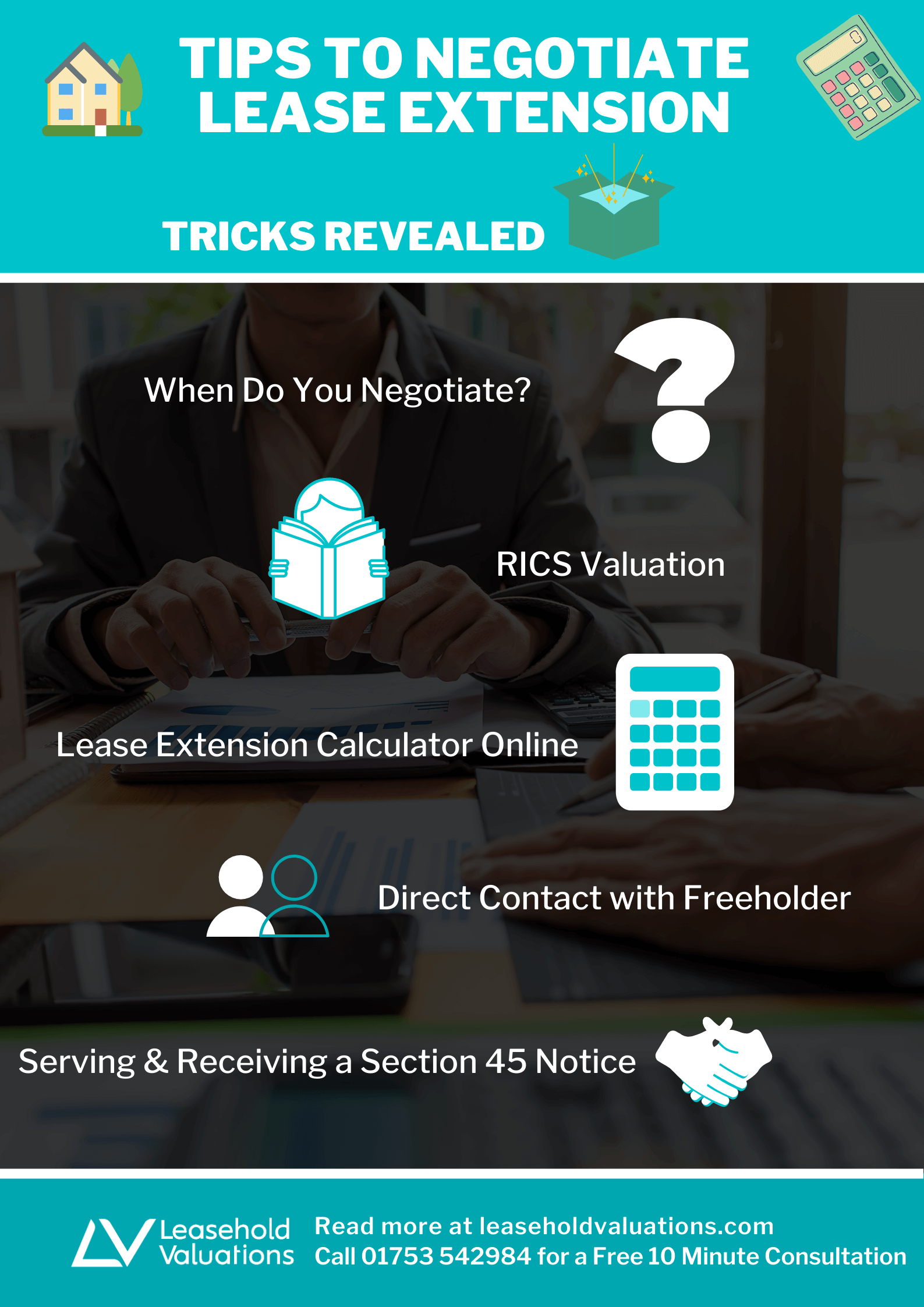What is Collective Enfranchisement?
Leaseholders will own the freehold of the entire building which is why the term ‘collective’ is used. However, this is a complicated and lengthy process so it is advisable to instruct a Collective Enfranchisement Solicitor to do it for you.
It is also advised to get Collective Enfranchisement Valuation done from a surveyor to get an idea of the best and the worst amount that can be offered in the Initial Notice.
The best way to purchase a freehold by a group of participants is via a company set up for this purpose and all participating leaseholders will be members of this.
Why should you own a freehold?
Owning a freehold of your building individually or among a group of residents would mean you have more control over your own building and you will partly legally own the ground and the structure of the flat which can allow you to waive off the ground rent. Also, any lease extensions of the participating flats would be agreed upon between the participants at no extra cost.
If you want to modify your flat in any way or undertake an extension on your flat, a group of residents who own the freehold can look at this more approvingly than an external freeholder.
Additionally, you and your joint owners will gain the right to employ any property management company to take care of the maintenance and cleaning of communal areas, which would not have been possible in the case of an external freeholder.
Who and what qualifies for a Collective Enfranchisement?
Before the process is carried out, the building and the participating tenants must qualify for the Collective Enfranchisement.
Qualifying criteria for the building:
- The building must contain at least two flats
- It must be a self-contained building or be a part of a building with independent services to that part
At least two-thirds of the flats must be owned by qualifying tenants (whose leases have more than 21 years remaining) - Not more than 25% of the internal floor area is being used for non-residential purposes, for example, shops or offices. Garages and parking spaces will be classified as residential areas
Qualifying criteria for leaseholder:
- The leaseholder must have a lease which is for a period longer than 21 years
- The leaseholder must not own more than two flats in the building
The Procedure for Collective Enfranchisement
Once you’ve checked that the building and the tenants are meeting the qualifying criteria the next step would be to form a working group and enter into a formal participation agreement which will set out the terms of the purchase and sharing of the Collective Enfranchisement Costs or premium between participating members.
Due to the complex legal procedure, it is recommended to join together and instruct a Collective Enfranchisement solicitor and surveyor to act for you. The surveyor will be able to perform a better valuation of the property and advise the amount to be offered in the Initial Notice.
The solicitor will usually advise you to set up a company for the purpose and all the participating leaseholders will then be members of this company. This will also be the Nominee purchaser who will be mentioned in the Initial Notice.
Once the surveyor has calculated the Collective Enfranchisement Cost the Initial Notice may be served, stating the name of the freeholders, the Nominee purchaser, and the premium you’re willing to pay. The freeholder then has a two-month window to come back and serve a counter-notice saying if they accept the request or not and put forward their terms and conditions if any.
If the freeholder disputes the premium the parties have a further six months to negotiate. If an agreement cannot be reached within this period then the matter can be taken to the Leasehold Valuation Tribunal after that.

Collective Enfranchisement Costs
It is highly recommended to get a valuation of the property done by a Collective Enfranchisement Surveyor before proceeding with the legal formalities so the leaseholders can have an idea of the premium.
Though an exact value of the settlement figure is not really possible to predict, the surveyor should still be able to provide a ‘best and worst’ figure from the leaseholders’ perspective.
Also, note that the leaseholders will be responsible for their own costs as well as the freeholder’s surveyors and legal costs. If the matter gets referred to the Tribunal, each party will be responsible for their own expenses incurred during the Tribunal proceeding


